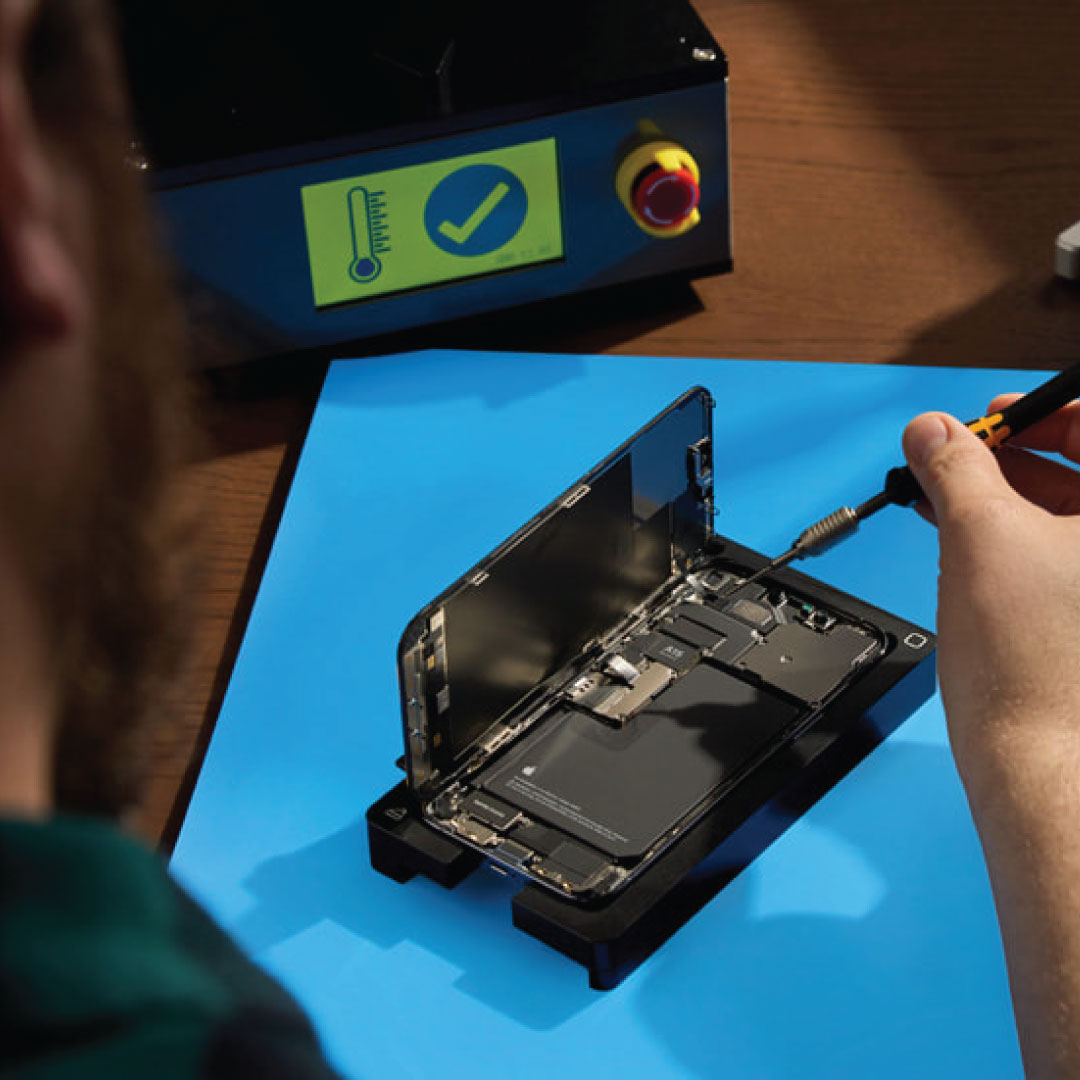For a long time, I’ve been covering Apple in various ways. Over the years, I’m not sure I’ve ever seen a company announcement as unexpected and well-received as their current Self Service Repair for iPhone. Apple has formally introduced the service to consumers in the United States, after announcing it last November.
Owners of the iPhone 12, 13, and third-generation SE will be able to purchase extra parts and tools, as well as read instruction manuals that will lead customers through the process of mending common problems with the devices, starting right now. The new service is being positioned as a follow-up to Apple decision in 2019 to expose iPhones to third-party repair — and resale — shops.
“Over the last three years, Apple has nearly increased the number of service sites with access to genuine Apple parts, tools, and training, including over 3,000 Independent Repair Providers,” according to a press statement. “Over 100,000 active technicians are supported by a global network of over 5,000 Apple Authorized Service Providers.” As a result, eight out of ten Apple customers in the United States are within 20 minutes of a certified service provider.
Read Also : Zenda has been awarded $9.4 million to help with school fee payment and management
A recent white paper titled “Expanding Access to Safe, Reliable, and Secure Service and Repair” contains this information as well as some insight into the company’s environmental commitments.
Self Service Repair for iPhone A Niche On Its Own
Despite the — natural — excitement around the announcement, Self Service Repair for iPhone is being positioned as a niche product. In practice, the corporation does not suggest it to the majority of users. Instead, it’s something that anyone who has some experience mending modern consumer gadgets can do. The truth is that as devices have become thinner, the ease with which they can be repaired has been sacrificed.
That’s why firms like FairPhone have been able to establish a name for themselves by emphasizing the importance of repairability. Samsung and Google have also recently made similar announcements, but the truth is that even cracking a phone open without causing damage is impossible without the correct equipment. As a result, Apple offers both purchased and rented tools. To soften the glue and open the phone, for example, a heating instrument is required.
Options Available To iPhone Users For Self Service Repair
Buying it outright will set you back hundreds of dollars, which is a waste of money if you’re not planning on launching a phone repair company or performing other high-volume repairs. In that case, you can simply rent the device for $49 for seven days and return it to Apple via mail. According to the company, it sells components and tools at the same price as third-party retailers, so if you play your cards well, you can save some money.
Cost Consideration For Apple Self Service Repair
The cost varies based on the gadget model and whether or not you’re trading in parts. As an example,
Battery 12/13 models: $69 (possible credit of $24.15 if the changed part is returned)
Battery SE: $49 (possible credit of $24.01)
225.96 – 309.96 depending on the model for Display 12/13 models (33.60 credit potential)
SE: 128.44 Display SE: 128.44 Display SE: 128.44 Display (30.40 credit potential)
The company will assist you in determining which parts are required, in addition to providing guides to guide you through the repair process. Following your purchase, Apple will send you a box containing the parts as well as a return label for returning the old, broken components in exchange for a reduction on the overall cost.
The new guides will be available to anybody, regardless of whether or not they buy Apple tools and components (iFixit, for example, offers some), though Apple is, of course, recommending first-party items.
“Our tools are intended for professional repair providers, to give the same performance as factory equipment used to produce Apple products,” the company explains, explaining why its tools are more expensive than third-party tools.
They are also made to be shared across a variety of product lines. The Display Press and Battery Press, for example, are compatible with all iPhone devices released in the last seven years thanks to interchangeable product-specific repair trays.”
